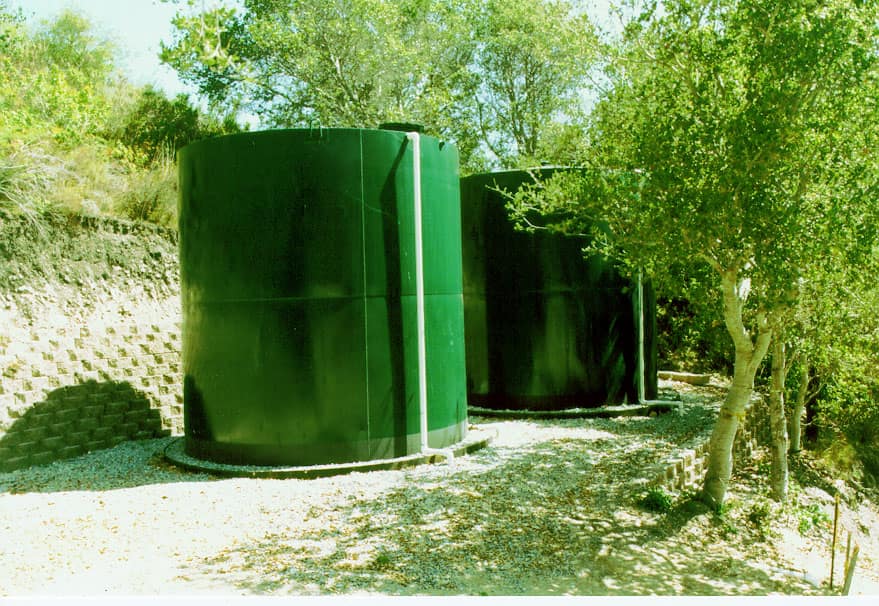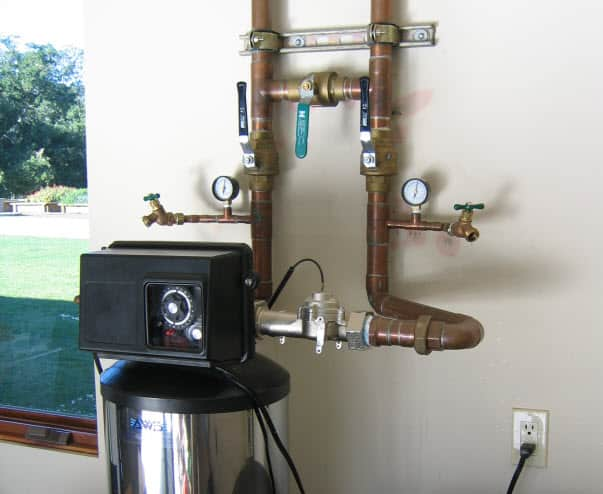Measuring Pipe Size At Home: Quick and Easy
Checking the size of the piping in your home is crucial for determining the appropriate size of the system you need to treat your water.
When installing a new treatment system in your home, many problems can be easily avoided by ensuring the size of the system piping matches the size of your incoming piping. 
Many piping systems in homes are labeled with their size where visible. Often though, finding the size of the piping installed in your home can be tricky to spot. Check first to see if the piping is labeled with the size.
If it is not, then you can use the string method described below. You can measure the circumference of the pipe and then converting to the units used in pipe sizing.
You need:
– a piece of string about 6 inches long
– a tape measure
Remove any insulation that may be around the pipe. Then, wrap the string around the circumference of the pipe one time. Remove it from the pipe and measure the length of the circumference to the nearest 1/8”. Look up in the tables below for the corresponding pipe size according to the type of pipe it is.
Copper Pipe or PEX tubing:
2.75″ (70mm) = 3/4″ pipe
3.53″ (90mm) = 1″ pipe
4.32″ (110mm) = 1 1/4″ pipe
5.10″ (130mm) = 1 1/2″ pipe
Steel Pipe or PVC Plastic Pipe:
3.25″ (83mm) = 3/4″ pipe
4.00″(102mm) = 1″ pipe
5.00″(127mm) = 1 1/4″ pipe
6.00″(152mm) = 1 1/2″ pipe
Flexible (usually black) Polyethylene Pipe:
2.96-3.33″ (75-85mm) = 3/4″ pipe
3.74-4.24″ (95-108mm) = 1″ pipe
4.90-5.57″ (124-141mm) = 1 1/4″ pipe
5.70-6.28″ (145-160mm) = 1 1/2″ pipe
Any further questions about making sure you are ordering the correct system for your home? Contact us at support@cleanwaterstore.com or at the phone number at the bottom of this webpage. We are happy to help.













